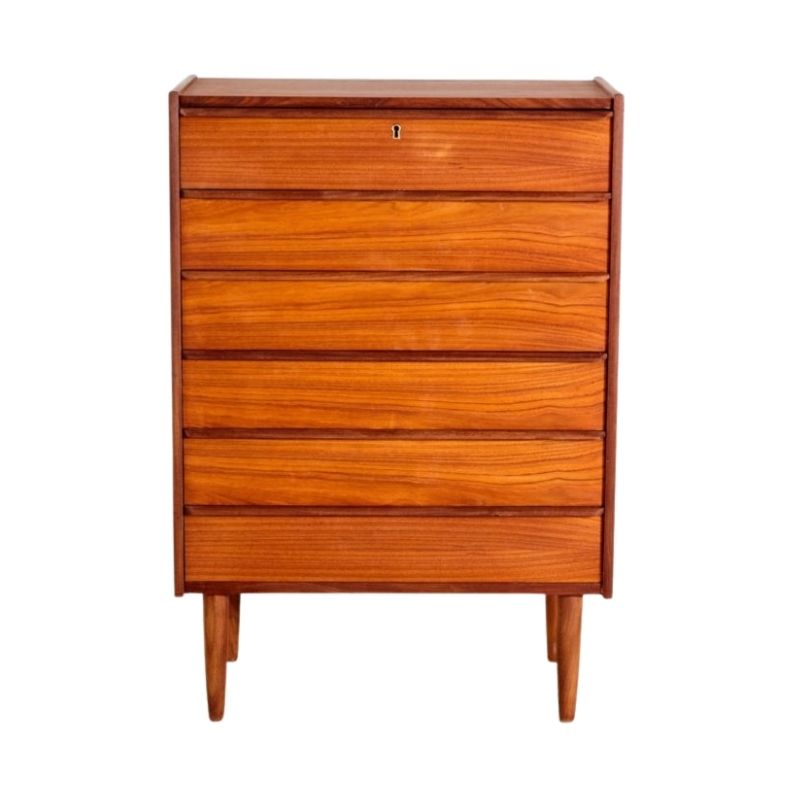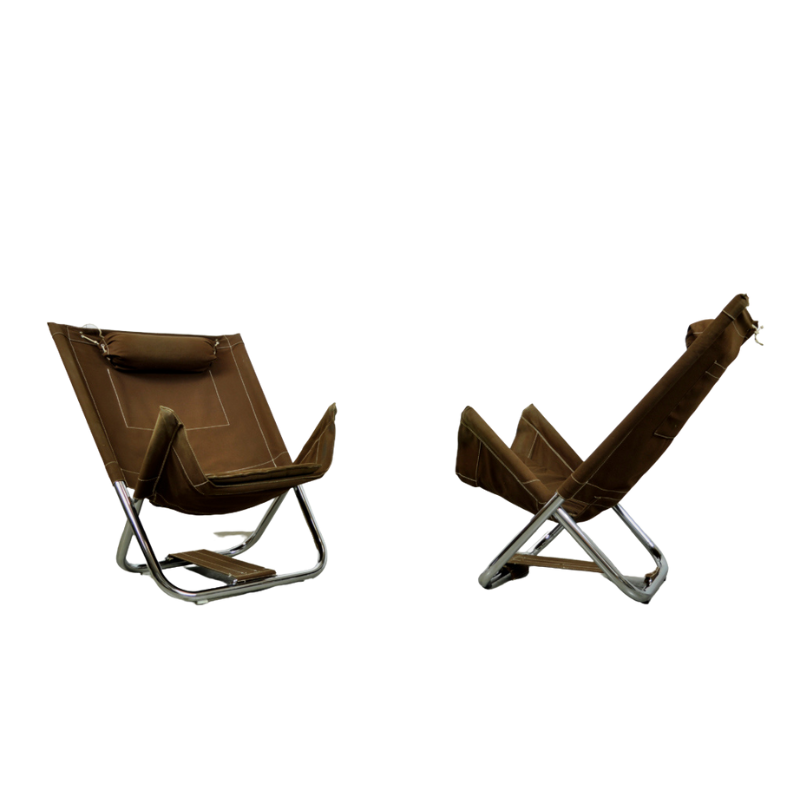How strong is strong enough?
If one were in the business of producing contract furniture to meet a price point, one might want to know the answer. The corners of the table in question, though somewhat inelegant, seem to be doing just fine, as far as the photos tell us.
Fine Woodworking magazine published an article six or eight years ago in which various right-angle joints were tested to the point of failure in a controlled experiment and, as I recall, the results were surprising. I'll see if I can find it.
Ah, a short video clip:
http://www.finewoodworking.com/SkillsAndTechniques/SkillsAndTechniquesAr...
thanks for all of the...
thanks for all of the replies.
even the odd ones.
same table as the one in this link, i think...
http://archive.center44.com/Home/Dealers/details/product/params/object/1...
The close-up
view of the first table (second photo in the thread) shows a painted pattern, not burl. The Baughman table linked immediately above, on the other hand, appears to be the real thing -- and the prototype of the painted one ?
The seams in the burl table are barely visible, but the mirror repeats of the grain are evident across the whole surface. The variations -- rather than perfect repeats -- are typical of real wood, where each successive layer of veneer is a little different, as is inevitable when slicing through a three-dimensional irregular matrix.
No such repeats can be seen anywhere in the painted top -- the best evidence (besides the un-burl-like appearance of the close view) that this is not veneer.
The painted faux-burl is a neat trick, no doubt; I'd guess it is accomplished by dropping paint of varying tones onto a wet surface. . .
http://www.youtube.com/watch?v=I2bSdniWSq4
If you need any help, please contact us at – info@designaddict.com









